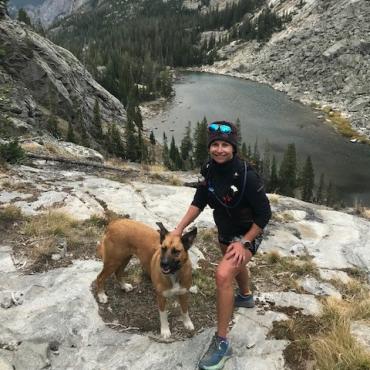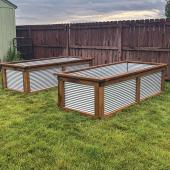Keeping It Tight
The importance of your pelvic floor.
The infamous Madison float that will go down in the annals of pelvic-floor history occurred on a Saturday in 2020. First float of the season, returning to the car on a beautiful hot summer day, feeling rejuvenated, reborn even, only to learn that someone or something peed in my car. What? Shocked, I hoped it was a dog rather human—as if that would be any better. I would later find out it was the shuttle-driver’s incontinent mom who shuttled and puddled my car that day.
Incontinence, that dreaded word that no one wants to discuss, was on my mind a few days later as I picked up my detailed car. I started to think about my latest wellness exam when my OB-GYN told me I could “tighten things up down there.” Shocked again, I thought “I’m a physical therapist, I do Kegels, I’ve never had children, so I should be good to go.” Deep down, though, I knew she was right. I’d become leakier over the years, especially during or after trail runs—at the time, I was training for the Big Horn 52-miler. These combined events prompted me to become pelvic-floor proactive.
If you do not want to depend on Depends as you age, keep reading. Studies show that one in four women over the age of 35 is affected by incontinence due to well-known events like pregnancy, childbirth, and menopause. But men, you are not above the floodplain, either, as recent findings reveal how impact forces can be a primary trigger for incontinence. That means those of us who participate in activities such as running or high-impact exercises (CrossFitters, Spartan racers, etc.) are at greater risk for unexpected and involuntary leakage of urine. In fact, a large Australian study found that more than 33 percent of women between the ages of 45 and 50 avoided athletic activities, fearing an incontinence episode during exercise. Young female athletes are also affected. Neuromuscular re-education programs that integrate the pelvic floor successfully reduce not only incontinence but also knee injuries in athletes. Pelvic floor dysfunction is rarely considered as a contributing factor in lower-back, knee, hip, shoulder, and cervical pain, but it should be.
The above findings explained my own situation, as incontinence is not a normal part of aging. Growing up in Bozeman as a gymnast, then entering the military, and now ultra-running, most of my 40-plus years have incorporated some form of high-impact activity, as well as improperly performed pelvic exercises. As it turns out, the one-size-fits-all, static-hold Kegel isn’t the answer, either. It takes synergy, and the proper recruitment of multiple muscles to engage the pelvic floor. As a result of this newfound wisdom, I am now running faster and longer without leakage and with less lower-back, hip, and knee pain. Imagine how my run times would have improved and how “tight” I’d be if I had normalized my pelvic floor at puberty.
So, to my fellow Bozemanites, I encourage you not to depend on Depends, by having that meaningful discussion regarding pelvic-floor health sooner rather than later with all members of your family, recognizing that integrating the pelvic floor successfully is a critical part of your “training for life” regime.
Ali Ramirez, PT, DPT, is a physical therapist at Clearwater Physical Therapy. She is a Bozeman native, military veteran, avid runner, hiker, and outdoor enthusiast.













